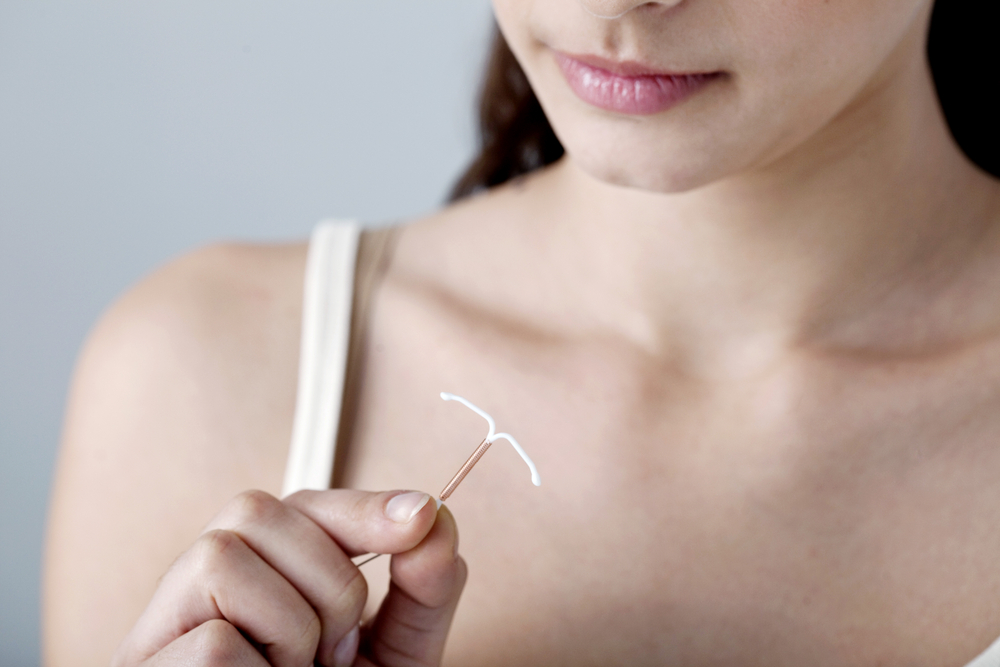Intrauterine devices (IUDs) have had a place on the contraceptive market for a long time now, but what many don’t know is that, similar to taking oral contraceptive pills (OCPs), these implants can also be a solution to several reproductive health ailments. A particular brand of IUD, Mirena, has steadily been gaining popularity as a much more favorable alternative to the pill as it differs from most IUDs on the market today.
Mirena contains a synthetic progesterone hormone called, levenorgestrel. This hormone is very gradually released into the womb over a five-year period, causing very few systemic effects. The main benefits of Mirena include:
- 99.9% efficacy and coverage up to 5 years, without risk of long-term effect on fertility upon removal
- Safe for breastfeeding mothers
- Menstrual periods become lighter and shorter
- Solution to endometriosis and associated dysmenorrhea
- Reduces risk of uterine cancer
While Mirena does have noted side effects, they are often quite minor, compared to the systemic effects other forms of contraception have been linked to. These side effects include headache, skin changes, breast tenderness, abdominal bloating and cramps, irregular bleeding, mood changes, and weight gain.
The insertion procedure takes roughly half an hour, and does not require any form of anesthesia or sedation. A specially-trained doctor will fit each patient with an appropriately sized Mirena IUD before performing a sterile insertion of the small device. Some patients may experience mild spotting and cramping for a few days after the procedure, but doctors assure a paracetamol or ibuprofen would be enough to address any discomfort.
It is rare for the average patient to be deemed unsuitable to use Mirena, but it still has its contraindications, such as having a history of breast, uterine or cervical cancer, active liver disease, abnormal vaginal bleeding of unknown cause, presence of fibroids or lumps in the uterus, and current or recent pelvic infection.
As for the cost of Mirena, funding is available for women assessed to have menstrual periods heavy and/or long enough to make them anemic. If this is not the case, this IUD would cost about $400, which should not be too steep if one considers it effectively covers both hormonal and contraceptive needs for up to 5 years.
Those interested to learn more about Mirena can visit http://hcp.mirena-us.com/index.php, or consult with a trained gynecologist.

